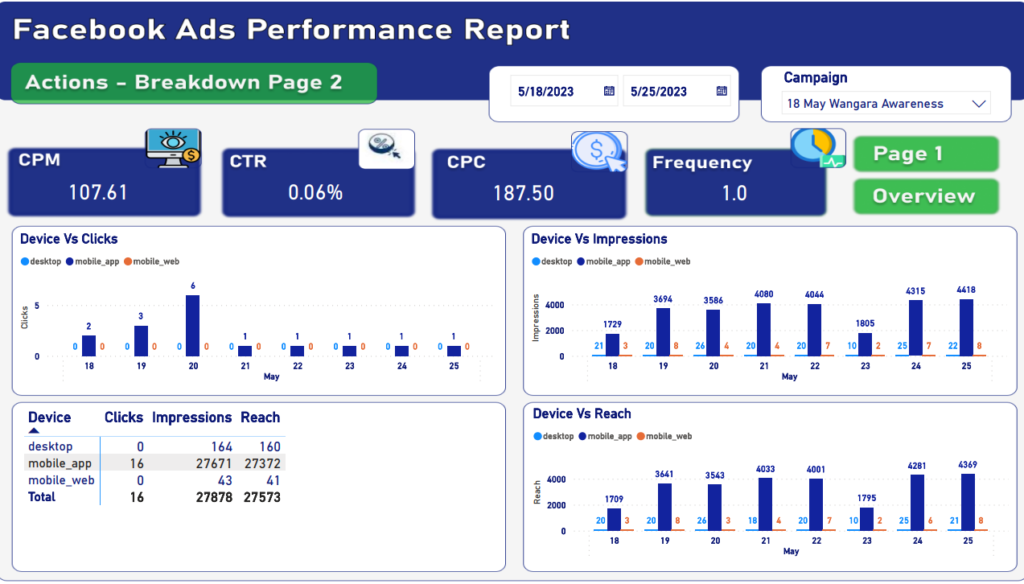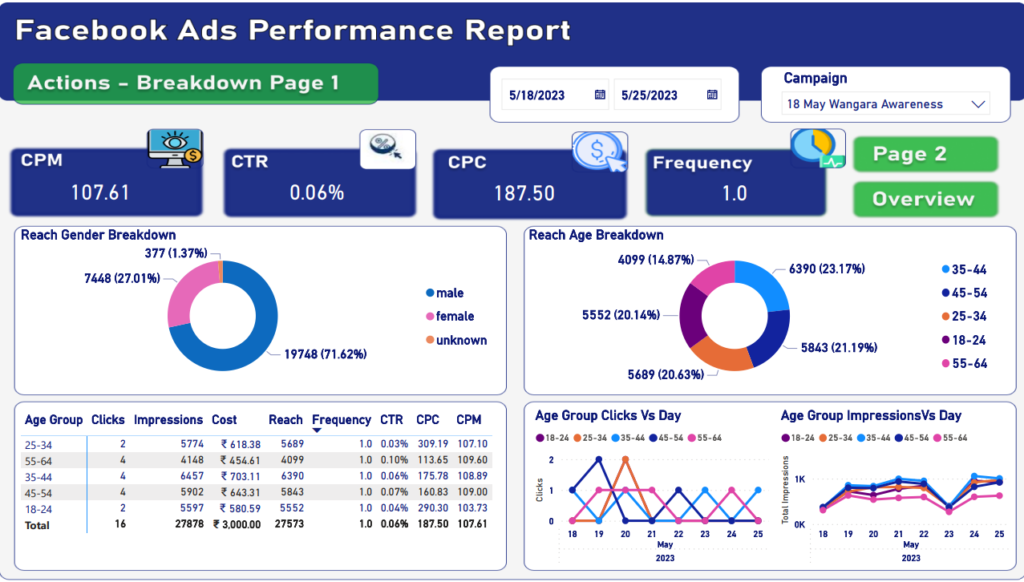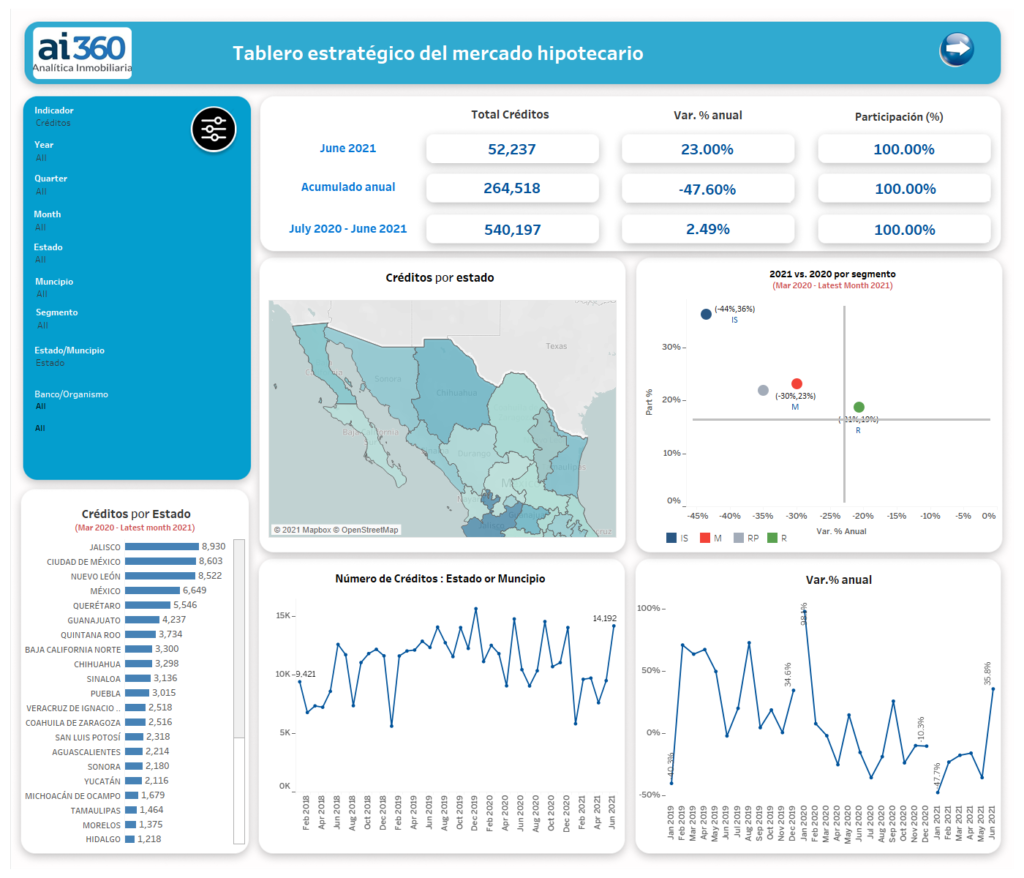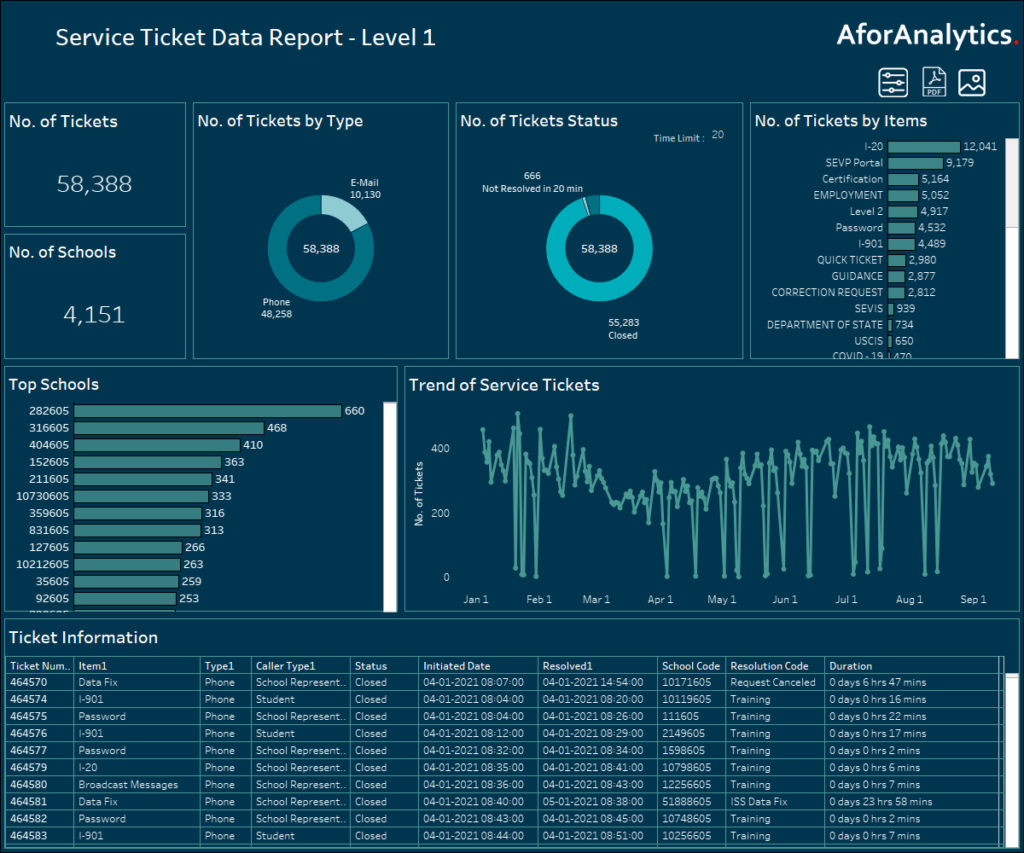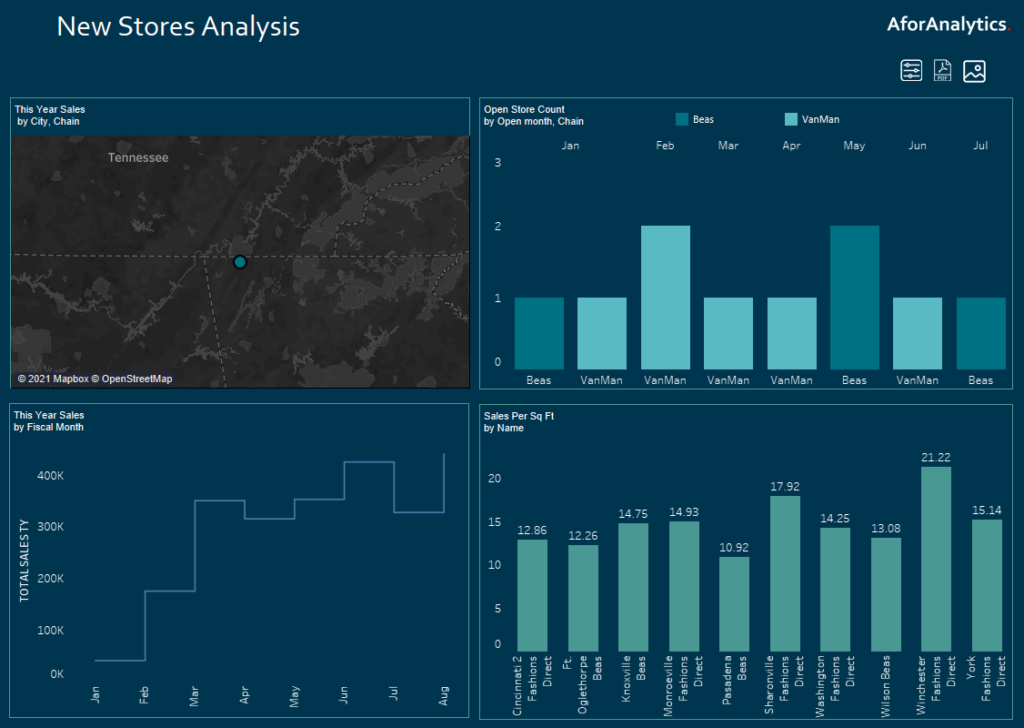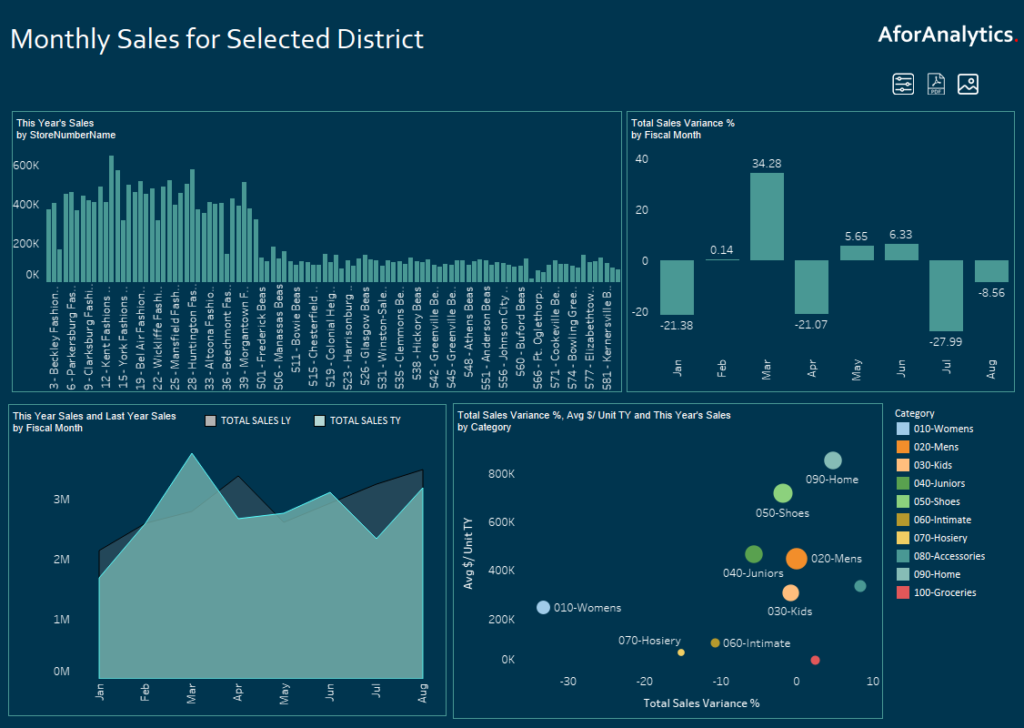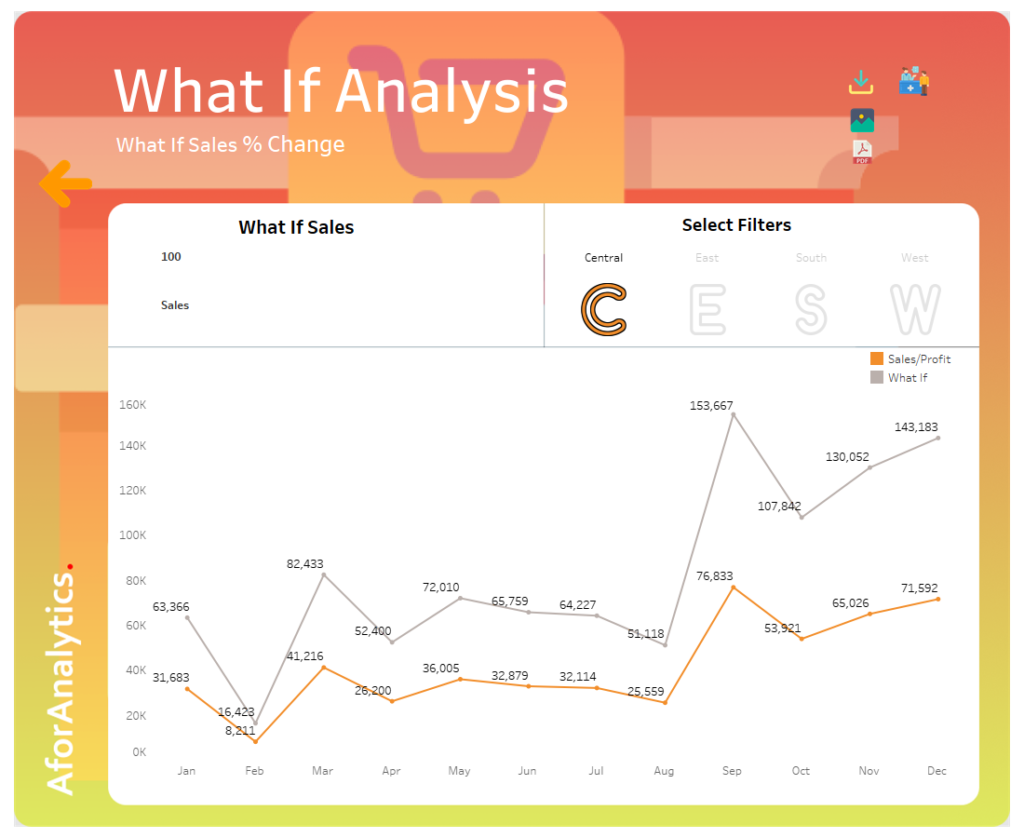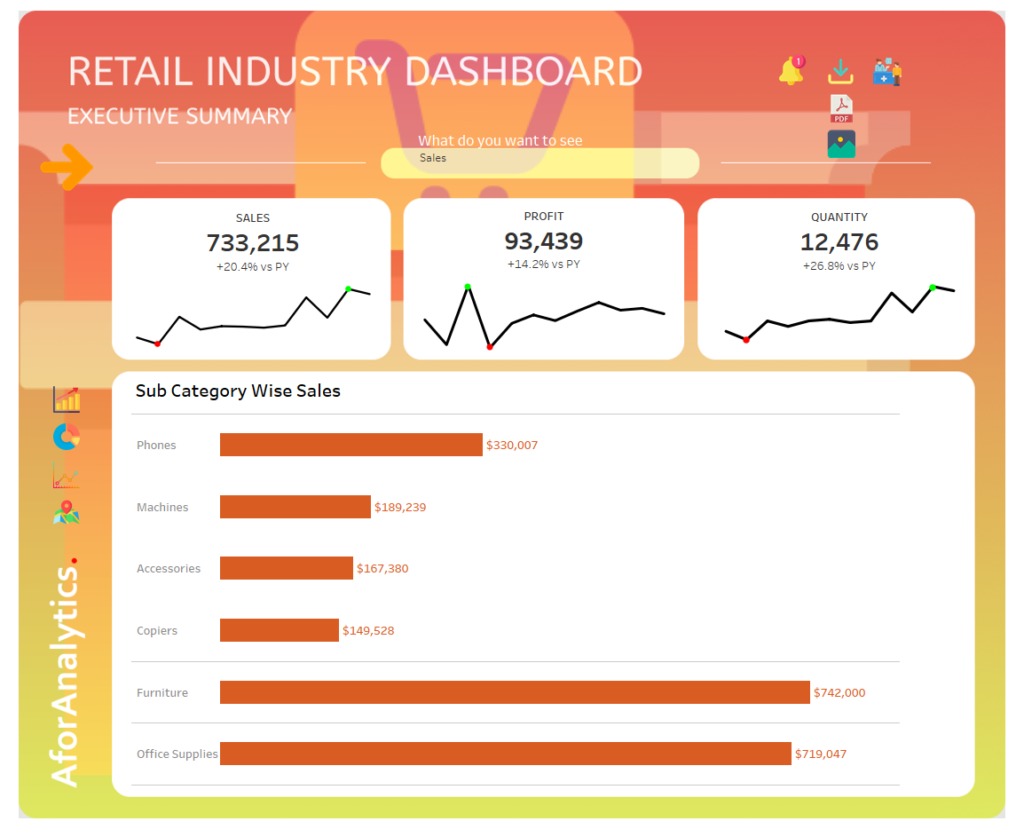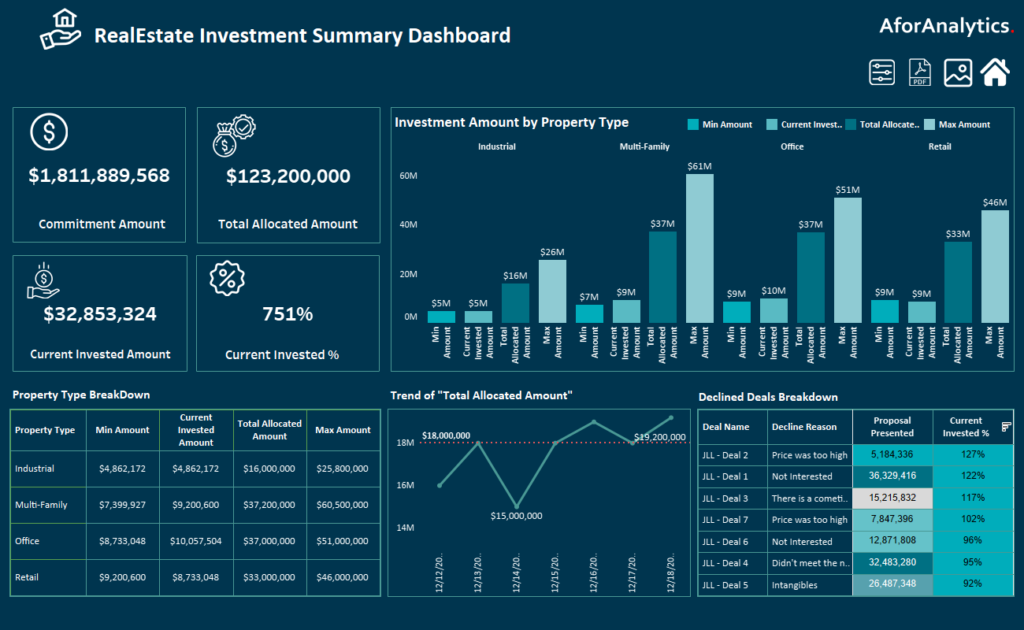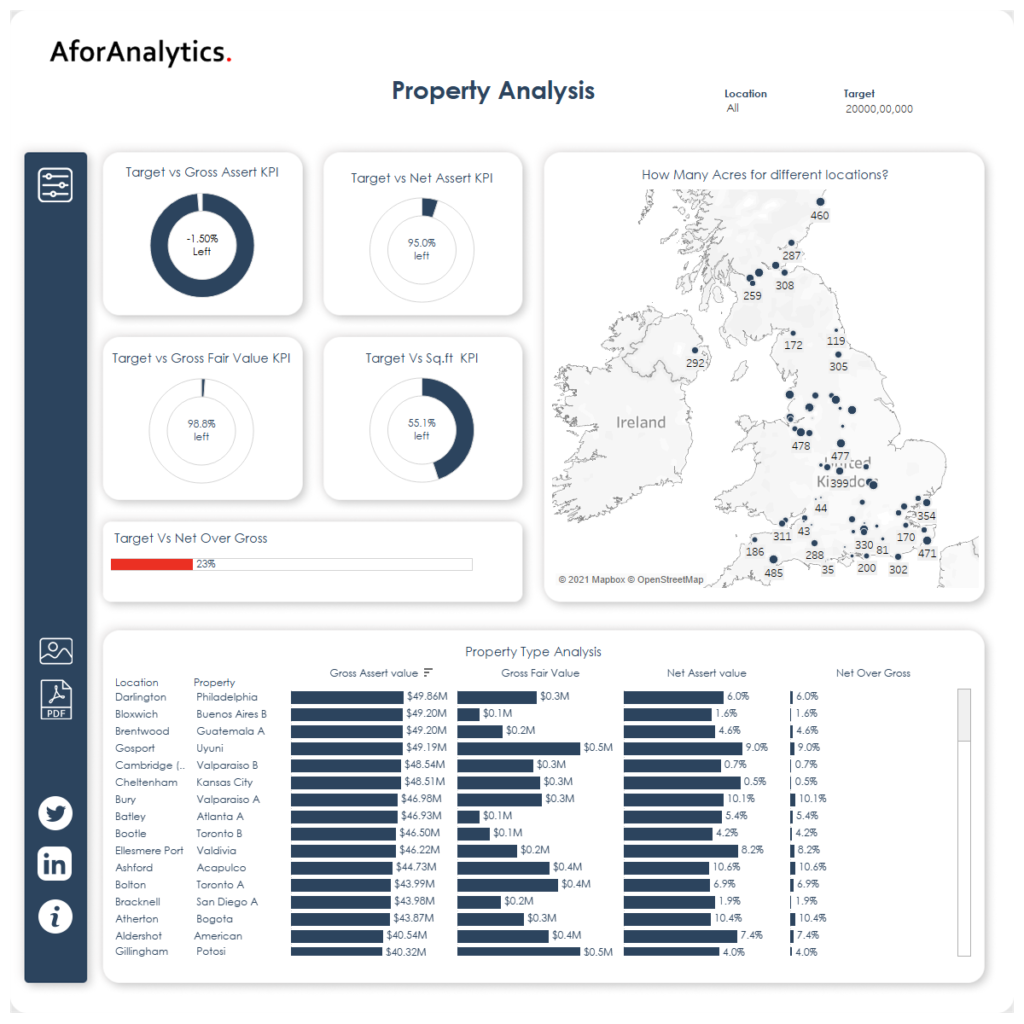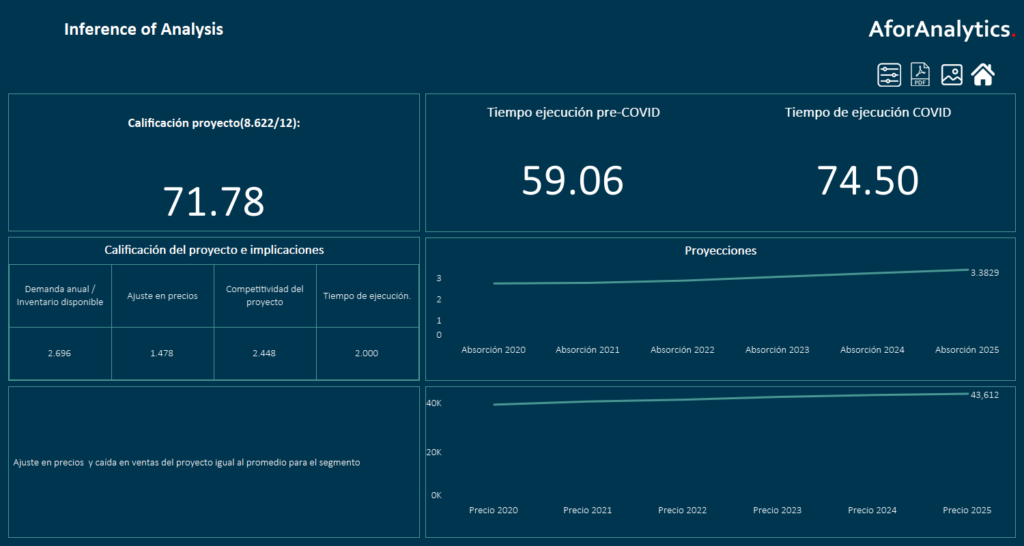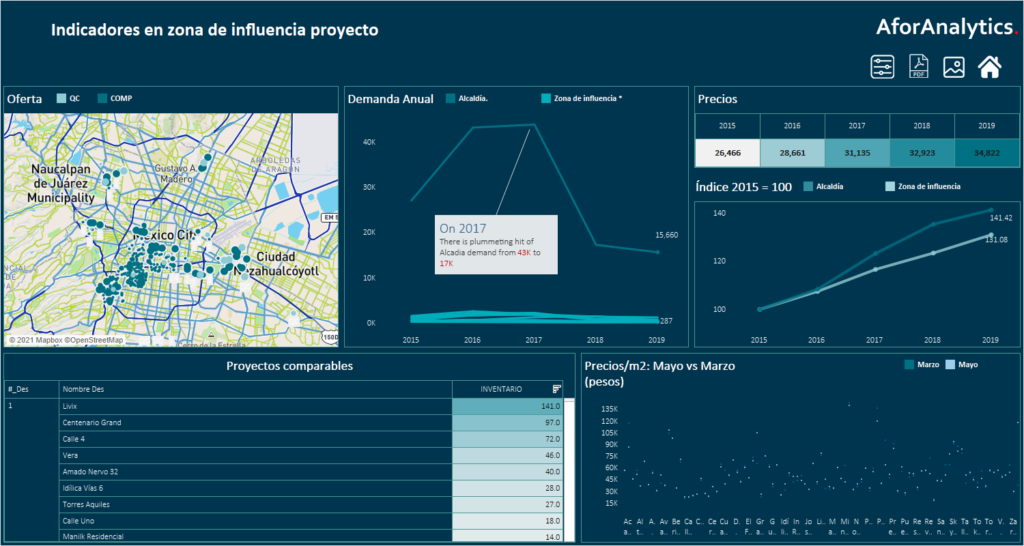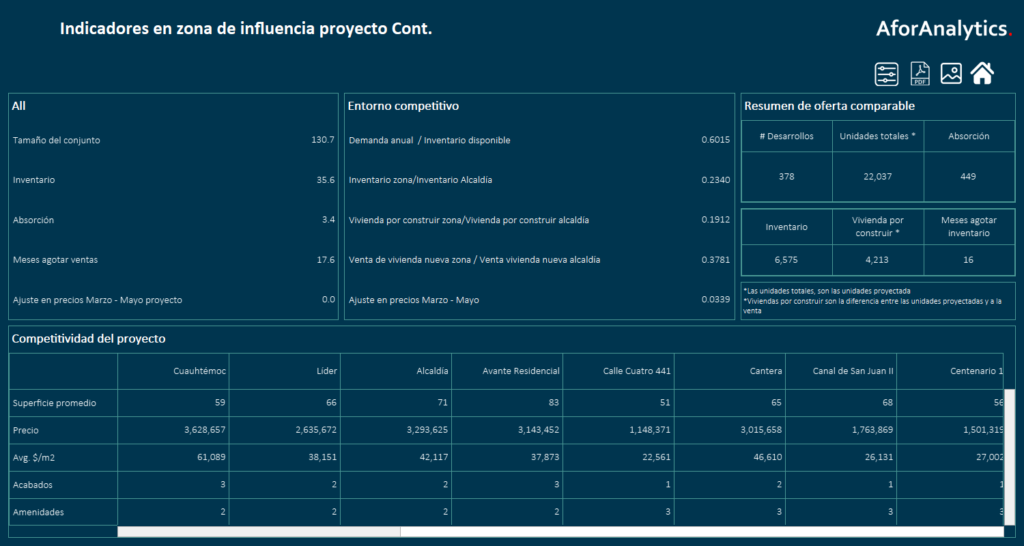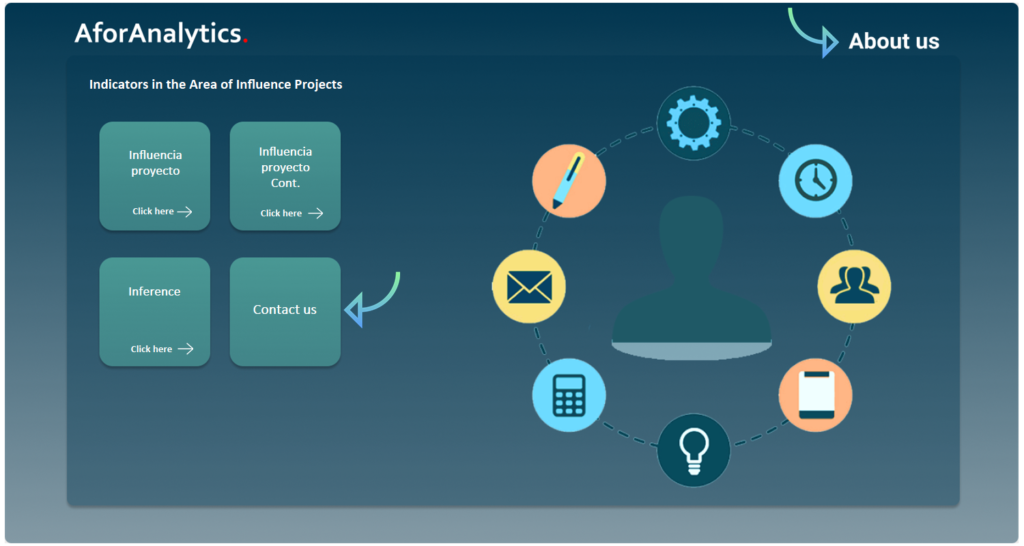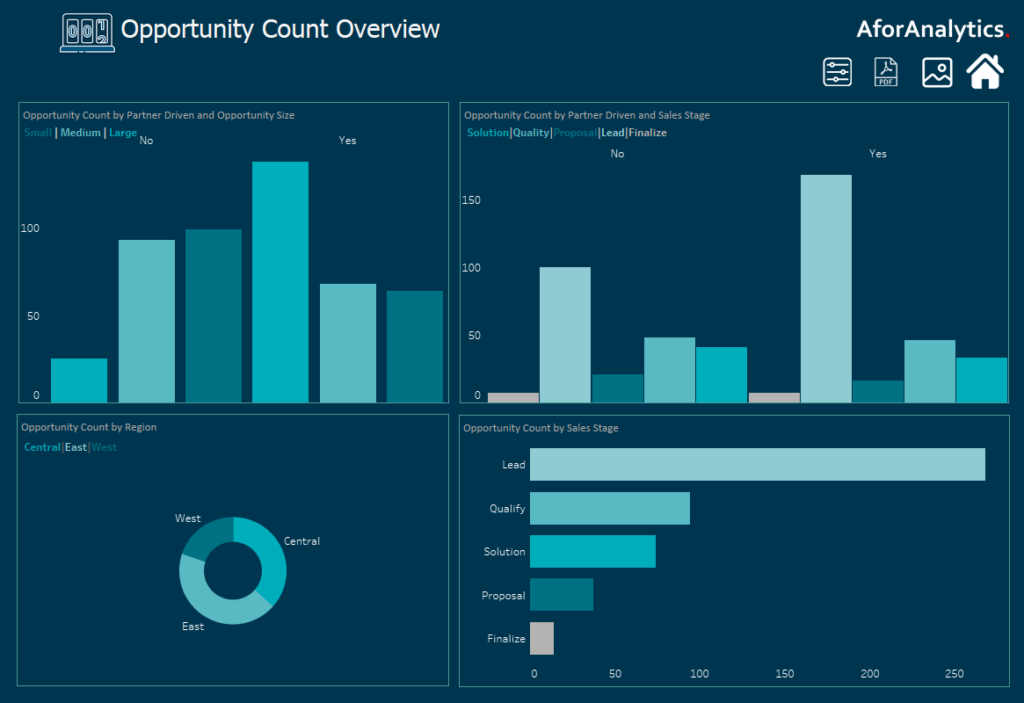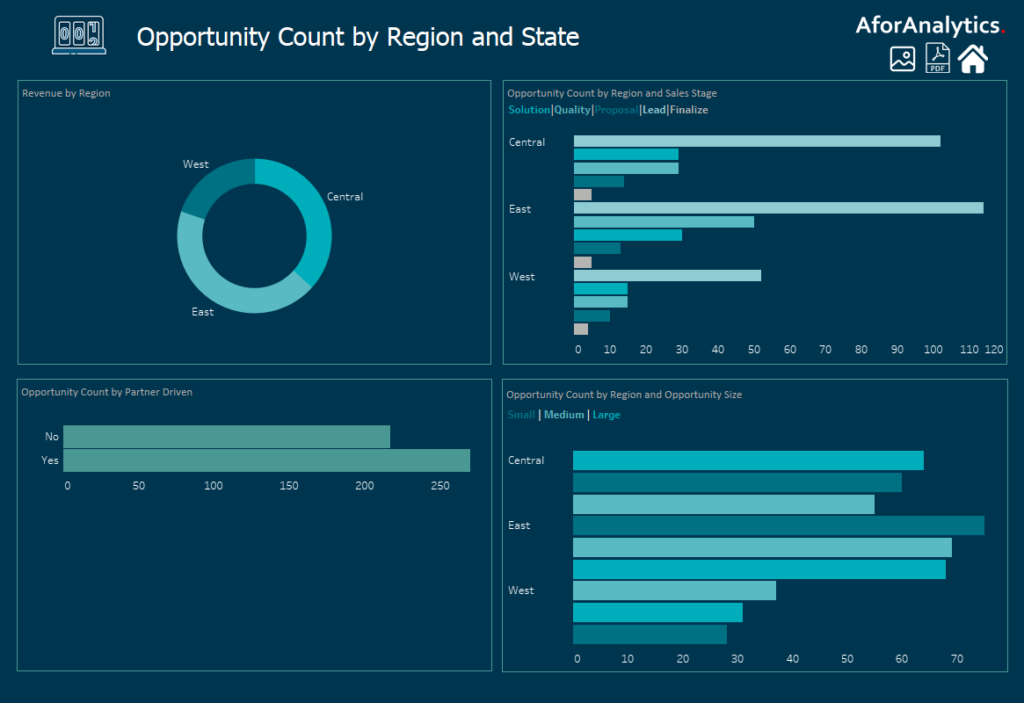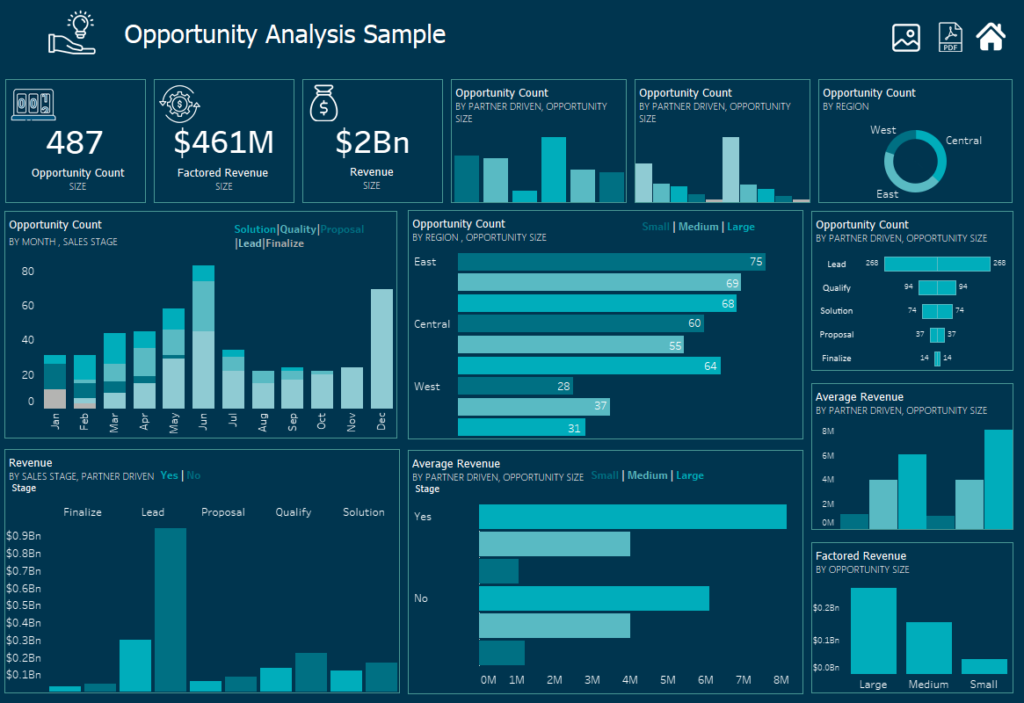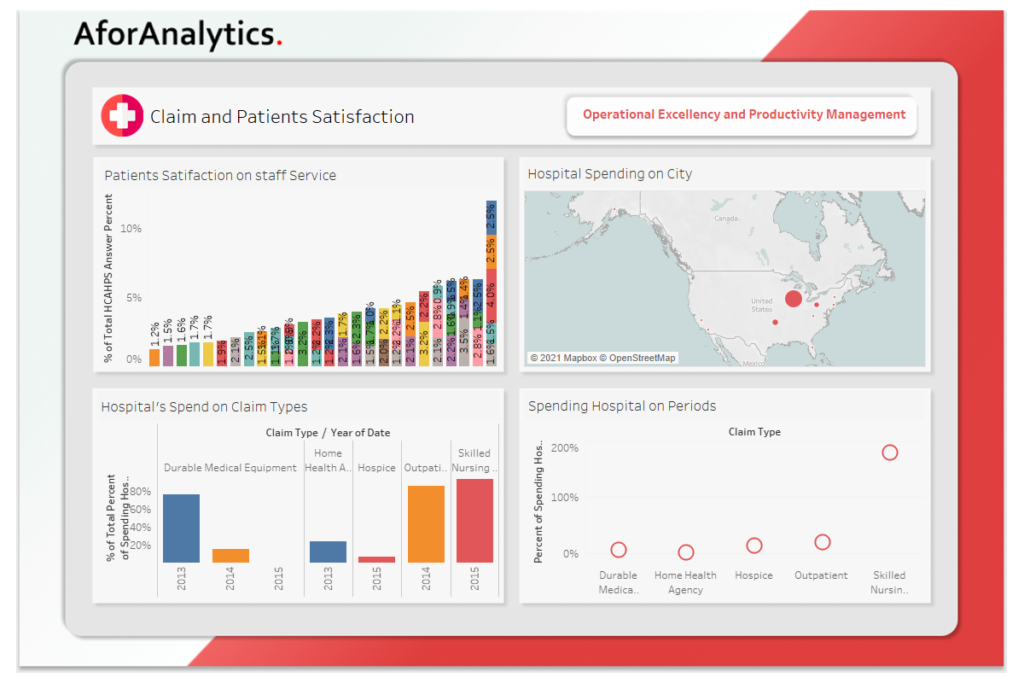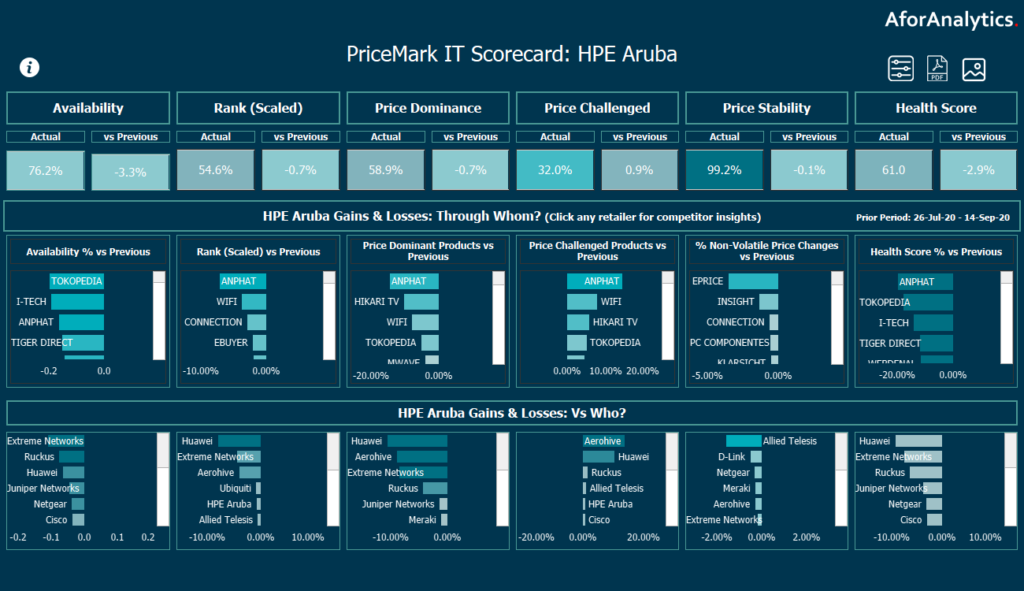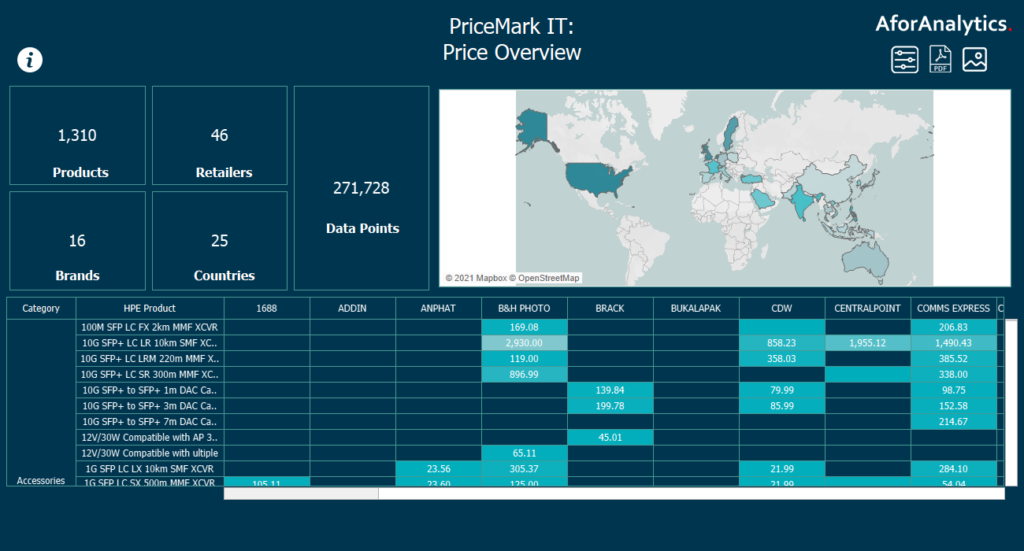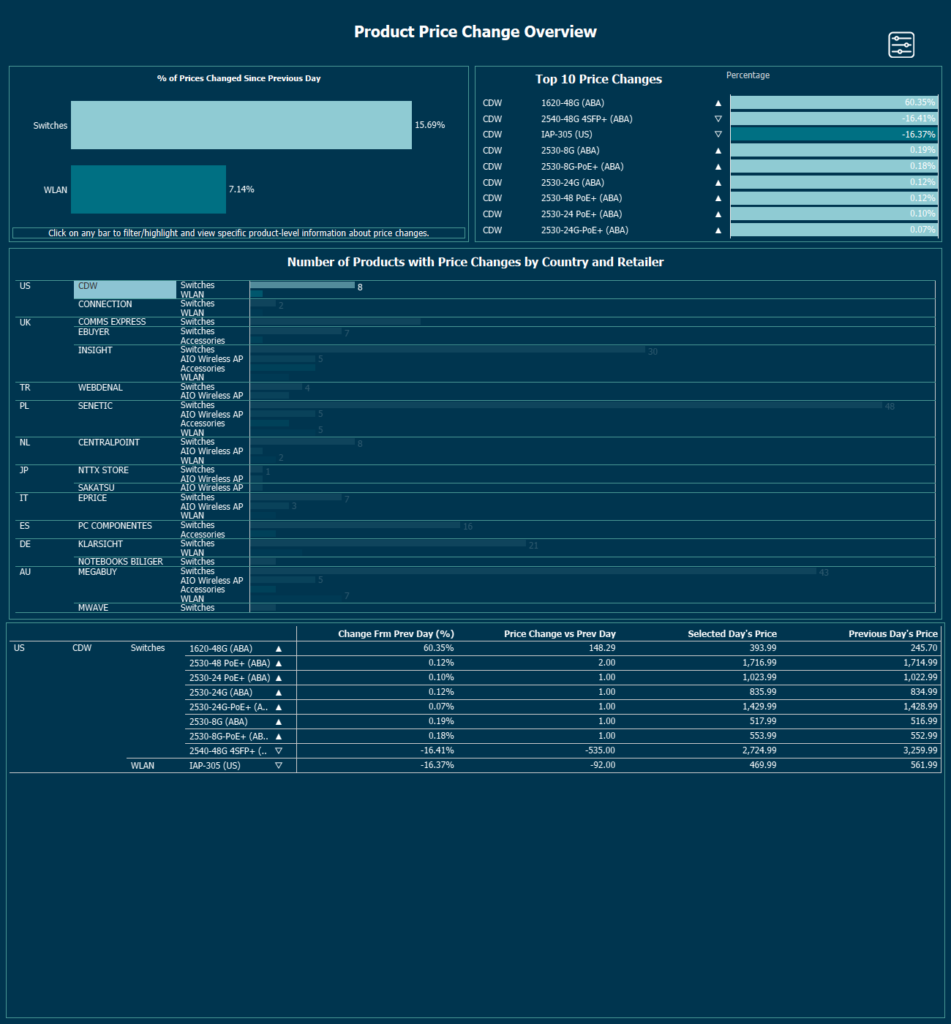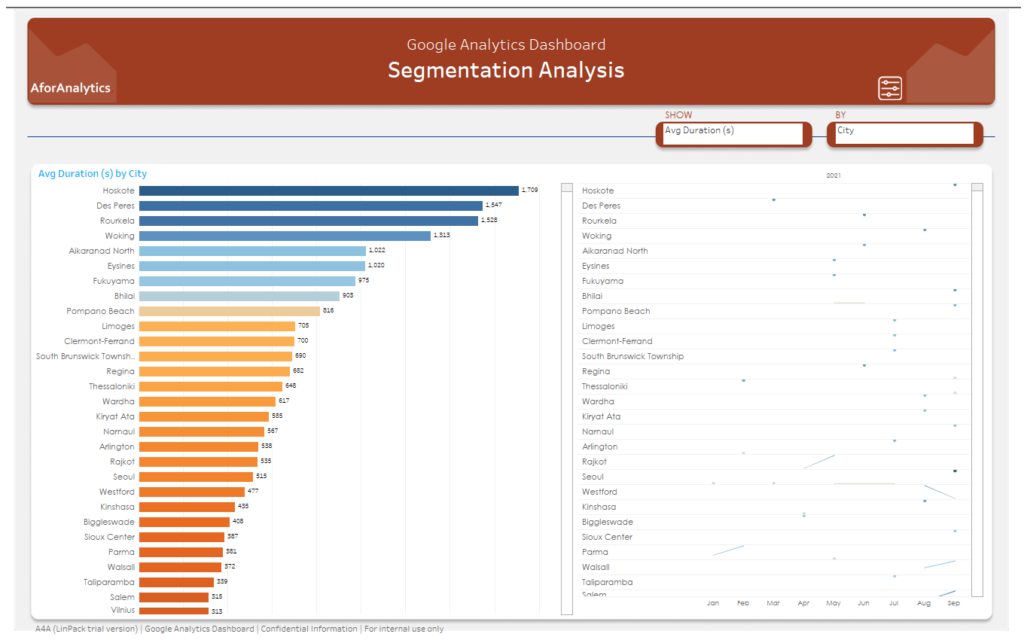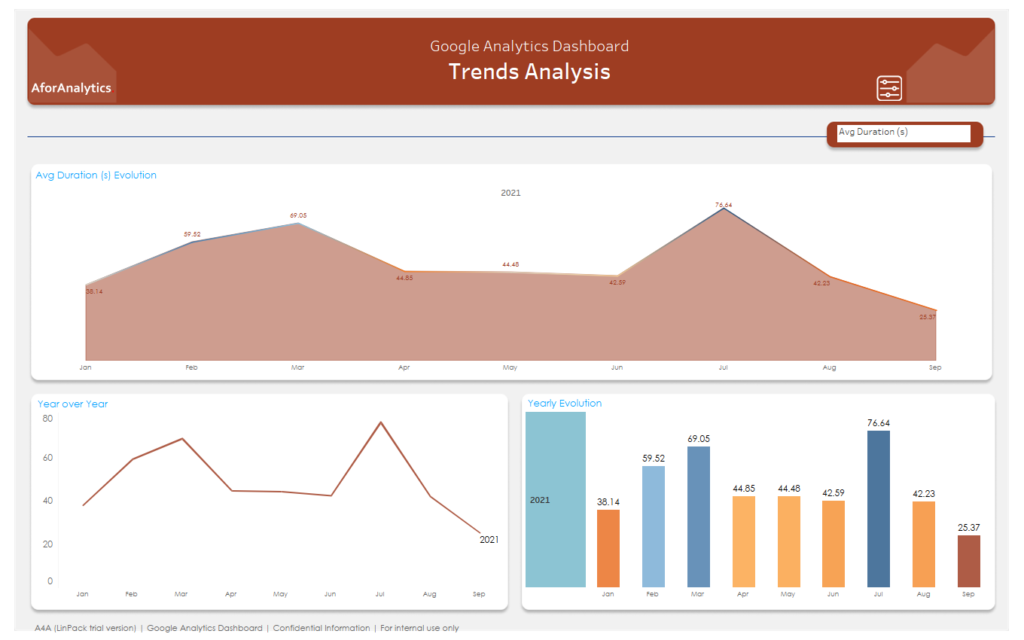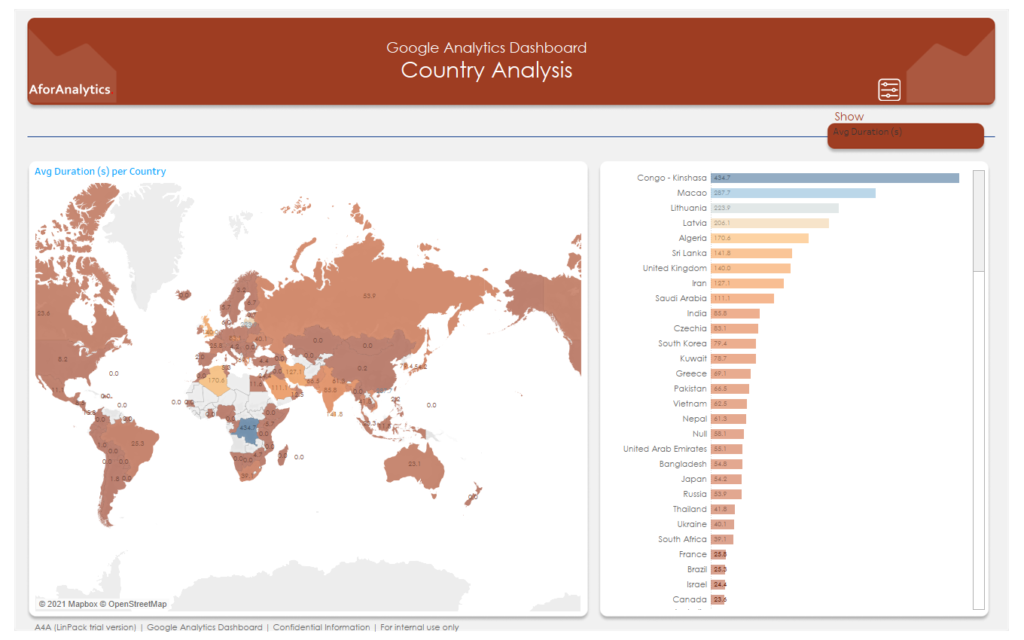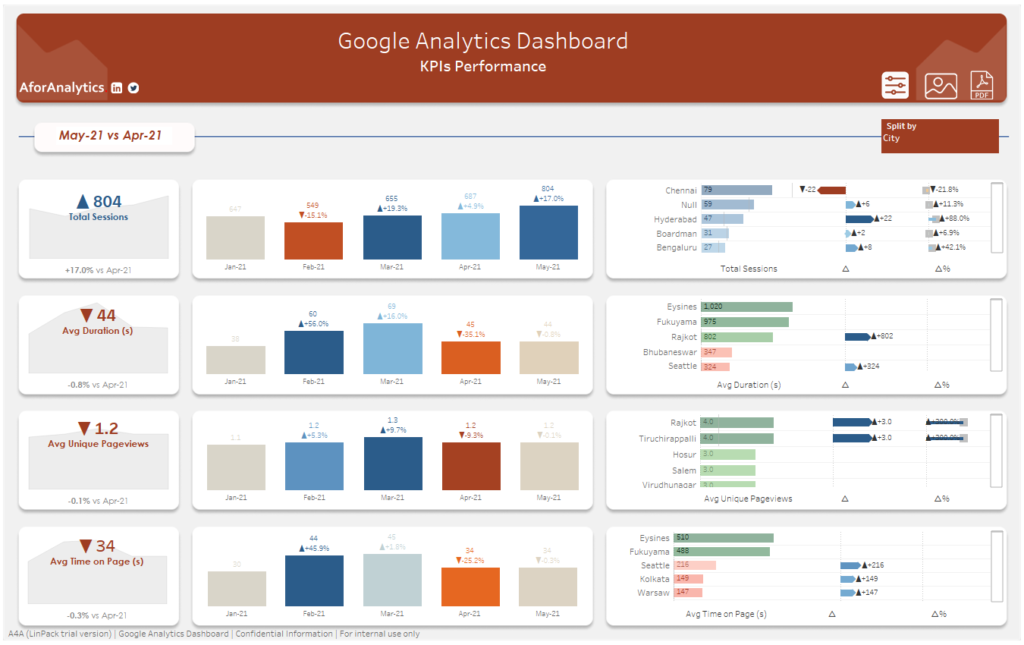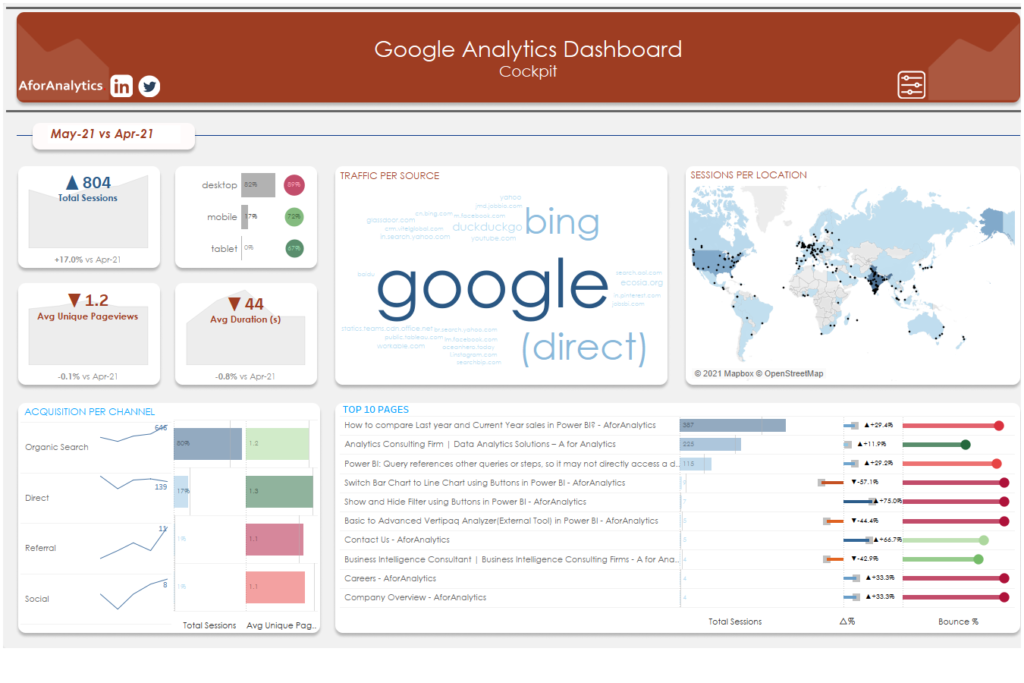
Machine learning, artificial intelligence (AI) and data analytics are growing fields that are going to become more important every year as technology becomes better at processing data. We’re seeing rapid advances in new technologies that make our lives easier, more efficient and safer.
Today, data has become the catalyst for innovation in almost every field. It’s driving the digital economy and making new technologies possible. Businesses are using data to create innovative products and services, while developers are creating new ways to harness machine learning to augment traditional IT solutions. This trend will only accelerate as artificial intelligence (AI) and machine learning become more prevalent in the world of data analytics.
You know how much data you have and how valuable it is, but what about its value to you? The vast majority of organizations don’t really understand their data anymore. They’re drowning in data, but they don’t know what to do with it. It’s a bit like a dam holding back water without an outlet — there’s simply too much water waiting to be released into the world at large.
Machine learning and artificial intelligence (AI) have rapidly emerged as vital components of the field of data analytics. Data analytics involves the collection, processing, and analysis of vast amounts of data, providing insights that can inform decision making and drive business success. The integration of machine learning and AI technologies has transformed the field, enabling organizations to process, analyze, and draw insights from data at a scale and speed that was previously impossible.
Automation of Data Analysis: Machine learning algorithms are capable of automating many of the manual processes involved in data analysis. This includes tasks such as data cleaning, data preparation, and feature selection, enabling organizations to process and analyze vast amounts of data more efficiently and cost-effectively.
Improved Accuracy: Machine learning algorithms can analyze multiple variables and relationships between them, providing organizations with more accurate and reliable insights. This is particularly important in predictive analytics, where the goal is to use historical data to make predictions about future trends and behaviors.
Real-time Insights: Machine learning algorithms are capable of processing data in real-time, providing organizations with immediate insights. This allows organizations to quickly respond to changing trends and conditions, making it easier to stay ahead of the competition.
Personalization: Machine learning algorithms can analyze large amounts of data to create individualized profiles for each customer, allowing organizations to tailor their products, services, and marketing efforts to the specific needs and preferences of each individual.
Improved Customer Experience: By understanding the needs and preferences of each customer, organizations can provide more relevant and personalized products, services, and marketing efforts, leading to increased customer satisfaction and loyalty.
Predictive Maintenance: Machine learning algorithms can analyze sensor data from equipment and devices to predict when they may fail, enabling organizations to perform maintenance before the equipment breaks down, reducing downtime and improving efficiency.
Fraud Detection: Machine learning algorithms can analyze large amounts of data to identify patterns and anomalies that may indicate fraudulent activity, enabling organizations to quickly detect and prevent fraud.
In conclusion, the growth of machine learning and AI in data analytics has transformed the field, providing organizations with increased speed, accuracy, and personalization. As these technologies continue to evolve and become more advanced, they will play an increasingly critical role in driving business success.

